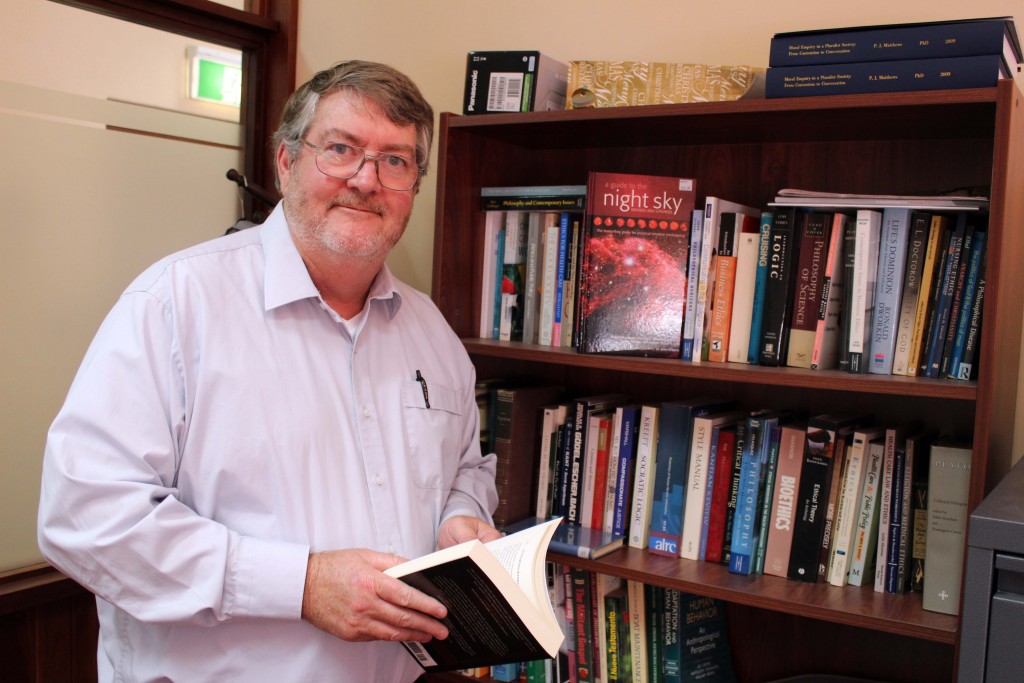
Exploring the stories and traditions behind the 13.7-billion-year history of the cosmos in Western Australia’s Kimberley region is the premise behind a new Winter Term unit of study offered to current students at The University of Notre Dame Australia, Fremantle.
The university is offering undergraduate and postgraduate students the chance to escape the winter chill and pack their bags for a week-long intensive unit on Notre Dame’s Broome Campus.
The unit is offered in blended delivery mode, with the course offered online via the Blackboard portal.
It also includes an intensive immersion experience on the Broome Campus. The unit runs from Monday, 22 June to Wednesday, 15 July 2015. The Broome intensive runs from Thursday, 25 June to Thursday, 2 July 2015.
The unit, titled Cosmology and the Philosophy of Science will explore the accounts, stories and traditions of ancient people, but primarily focus on humankind’s first astronomers, Australian Aboriginal people.
This exploration will be done against the backdrop of the crystal-clear Kimberley sky.
Cosmology is a branch of philosophy that explains how humans understand and interpret the origin, evolution and destiny of the universe.
Students will have the opportunity to join a nighttime Astro-tour to see for themselves the Great Emu that appears when it’s time to collect Emu eggs.
Dr Philip Matthews, Acting Dean of the School of Philosophy and Theology, Fremantle, and cosmology specialist, said new discoveries were happening with stunning regularity and these discoveries are having a profound impact on what it means to be rational creatures in an expanding universe.
“The sky at night plays host to hundreds of diverse accounts of why things are the way they are. Most ancient people drew lines between the points of light to reveal creatures and characters as reference points for their own particular cosmological view. Kimberley Aboriginal people did the reverse – they saw creatures and characters in the dark space between the stars,” Dr Matthews said.
“In the Kimberley region, the night sky is so dark that the number of visible stars is more than 5,000. Coupled with the dark sky, the proximity to the equator allows the full glory of the Milky Way to be viewed as it literally pours its light down on to the Earth.”
To enquire further about the course, please contact the School of Philosophy & Theology, Fremantle, on +61 8 9433 0138 or email fremantle.theology@nd.edu.au.